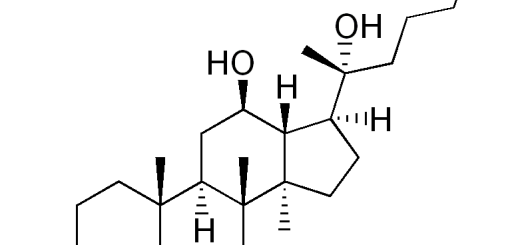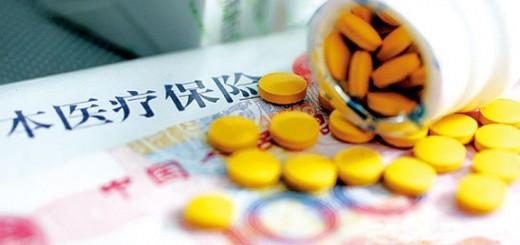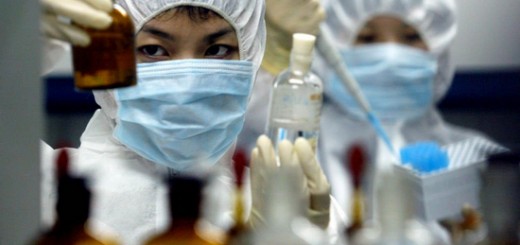| Share This Article
Research Frontiers of Medicinal Plants |
||
| DOWNLOAD |
|
Downloads Pharmacological Review of Ginsenoside Dammarane Saponin Rh2 Downloads Pharmacological Review of Ginsenoside Dammarane Saponin Rg1 Downloads Pharmacological Review of Ginsenoside Dammarane Saponin Rb1 Downloads Pharmacological Review of Aglycon Dammarane Sapogenin (AGS) – Protopanaxatriol (PPT) Downloads Pharmacological Review of Aglycon Dammarane Sapogenin (AGS) – Protopanaxadiol (PPD) |
Anti-leukemia and chemo-synergism effects of dammarane sapogenin protopanaxatriol
Chinese scientists found that an active ingredient extracted from Asian ginseng, dammarane sapogenin protopanaxatriol (PPT), is able to arrest leukemia cell growth and synergize with chemo drugs to kill leukemia cells more efficiently. The results were published on Zhejiang Journal of Integrated Traditional Chinese and Western Medicine (2003, 13[1]). Leukemia is a group of cancers that usually begins in the bone marrow and results in high numbers of abnormal white blood cells. In 2012 leukemia developed in 352,000 people globally and caused 265,000 deaths. It is the most common type of cancer in children, with three quarters of leukemia cases in children being acute lymphoblastic leukemia. However, about 90% of all leukemias are diagnosed in adults, with acute myelogenous leukemiaand chronic lymphocytic leukemiabeing most common in adults. It occurs more commonly in the developed world. It has been well recognized that protopanaxadiol-type saponins such as Rh2 are able to induce apoptosis of a number of leukemia cells. The current research suggest another group of saponins, protopanaxatriol-type saponins, are also able to arrest leukemia cell growth, and synergize with chemotherapy. Using in-vitro fluid cell culture, semi-solid colony forming test, the study found PPT at low concentration (<20ug/ml) stimulated proliferation of leukemia cells, but this stimulating effect was reversed when the PPT concentration rised to >50ug/ml as the cell growth was arrested. Moreover, when combined with PPT, chemo drugs (Homoharringtonine and Cytarabine) inhibited leukemia cells by 88.4% and 73.8%, much higher than 49.3% and 30.1% in the control group, respectively. Usually, leukemia cells are resistant to etoposide. Superisingly, the etoposide inhibition rate rose from <10% in the control to >50% in PPT treatment. The study concluded that there is a biphasic action of PPT on leumia cells, namely, stimulation at low dose and inhibition at high dose (>50ug/ml). The more striking feature is the PPT’s synergistic effect with cytotoxic drugs, making leukemia chemotherapy more efficiently and leading to a bright clinical outcome. |








